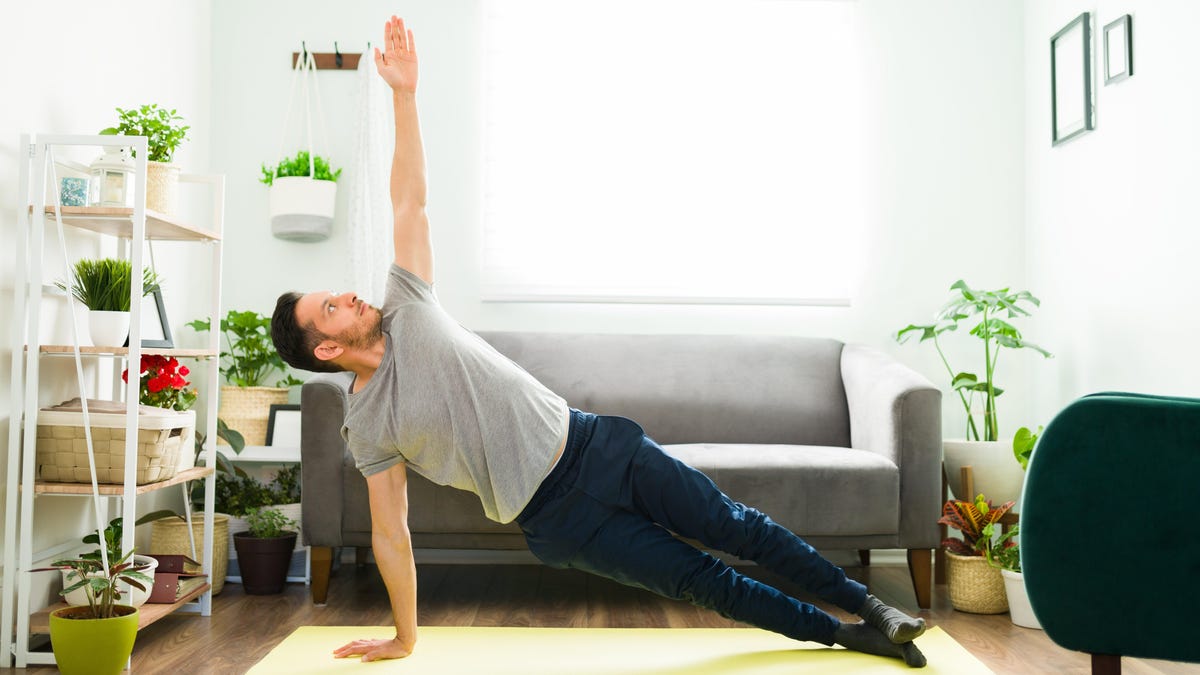Why Your Back Hurts and What to Do About It

Saying “my back hurts” is the same as saying “my car is noisy”. It may be serious, or it may be nothing, and only a professional knows for sure. But if you have back pain, especially in your lower back, you’re not alone: by some estimates, 75% of us will have lower back pain at some point in our lives, often for no apparent reason.
I can’t diagnose your back pain over the internet. However, I can tell you about the common causes of back pain and suggest general strategies to help you feel less sore.
Back Pain Doesn’t Always Mean You’re Injured
We tend to think that pain is a sign that some part of our body is damaged and needs to be fixed. But it is not always the case. When it comes to back pain, about 90% of the time no injury is found . This does not mean that the pain is imaginary – there may be physical causes that do not show up on x-rays or MRIs, and other factors also contribute to making us feel pain.
Doctors and scientists tend to think of pain as a simple signal sent from damaged parts of the body to the brain. It is now considered more accurate to say that pain is a perception created in the brain in response to the many things we experience. Tissue damage may be one of them, but our experience of pain is also shaped by our expectations, our fears, and other things going on in our brains and bodies .
You may feel pain more acutely if you are stressed or worried about it. This increases your stress and things snowball from there. Or maybe you went to the doctor about something that was bothering you, only to find out that the problem is actually very minor and you will be fine. It is not unusual for the pain to decrease from this point on, even though nothing physically has changed.
Obviously, there are back problems that are physical and fixable, so it’s definitely worth getting checked out to rule out serious problems. But if you just have occasional back pain and your doctor says it’s okay, what can you do?
A strong back tends to be a healthier back
Exercise tends to help people with low back pain feel better, according to a 2021 trial meta-analysis that included everything from strength training to zumba.
If you deal with pain on a daily basis, the first step doesn’t have to be to find the “best” exercises to deal with it. Instead, focus your efforts on finding things you can do without experiencing pain, or at least without making it worse. A physical therapist can help you with this process, especially one who specializes in sports medicine or has experience working with active people. (Some physical therapists prescribe exercises that are too simple to be effective, especially for older people; this is a recognized problem in the industry.)
There is still controversy over exactly which exercises are best for preventing or treating back pain. Some physical therapists focus on core work, believing it’s important that your deep core muscles, such as the transverse abdominis, are strong to protect your back. practice pulling your navel towards your spine.
Another point of view argues that the core muscles are only a small part of the big picture, and that strengthening the back muscles themselves should be the focus of training. This approach will likely favor free weight work such as deadlifts, dumbbell rows, and lunges. When performed correctly, these movements also work on your core; you need to tighten your core to stabilize your spine for deadlifts or squats, and it’s as legitimate a type of work as anything you do on a yoga mat.
Muscle pain is normal
It’s normal to worry about protecting your back. After all, if you ‘ve heard a million times not to “lift with your back,” you may be worried that any soreness after lifting or bending means you’ve hurt something.
But you have muscles in your back, and they can get tired or sore if you use them a lot—just like the muscles in your arms or legs. You wouldn’t be surprised or worried if your hips hurt after a hard day of squats or after a run. The muscles in your lower back can ache after a day of deadlifting at the gym, or even after a long day of standing and walking more than you’re used to.
Sometimes people confuse this normal soreness with an injury and worry that the deadlift has done something terrible to their back. But before you panic, consider treating your back the same way you treat any other sore muscle . Use gentle heat, walk around a bit, and consider a foam massage. Pain from sore muscles tends to lessen slightly with physical activity and usually disappears within a few days .
Stretches and exercises are good for people with back pain
What exercises can you do to potentially prevent back pain and possibly manage the back pain you already have? Again, it’s best to consult with a professional to be sure what works best for you, but here are some strengthening and stretching exercises that are often recommended:
Basic exercises
Exercises to strengthen the back (with a barbell, dumbbells or kettlebells)
- Deadlift or Romanian deadlift
- Rack pull or block pull
- Bent over rows
- Split squats or your favorite regular squats
- Reverse Hypers